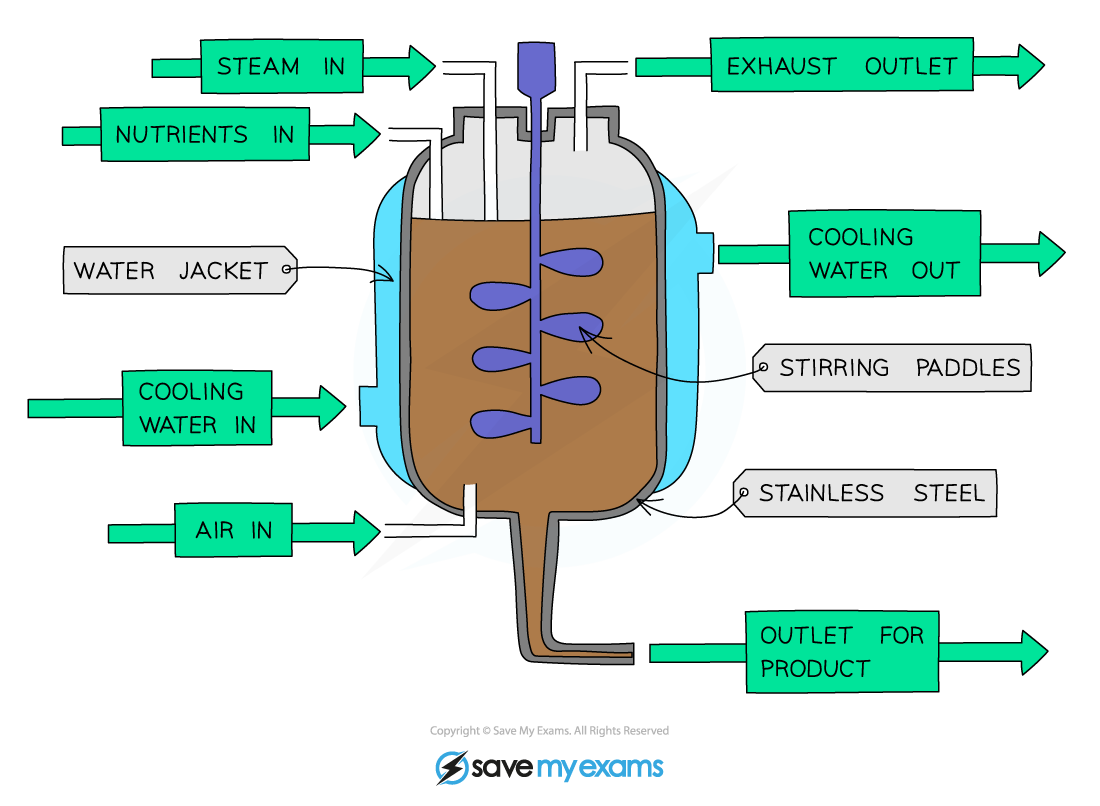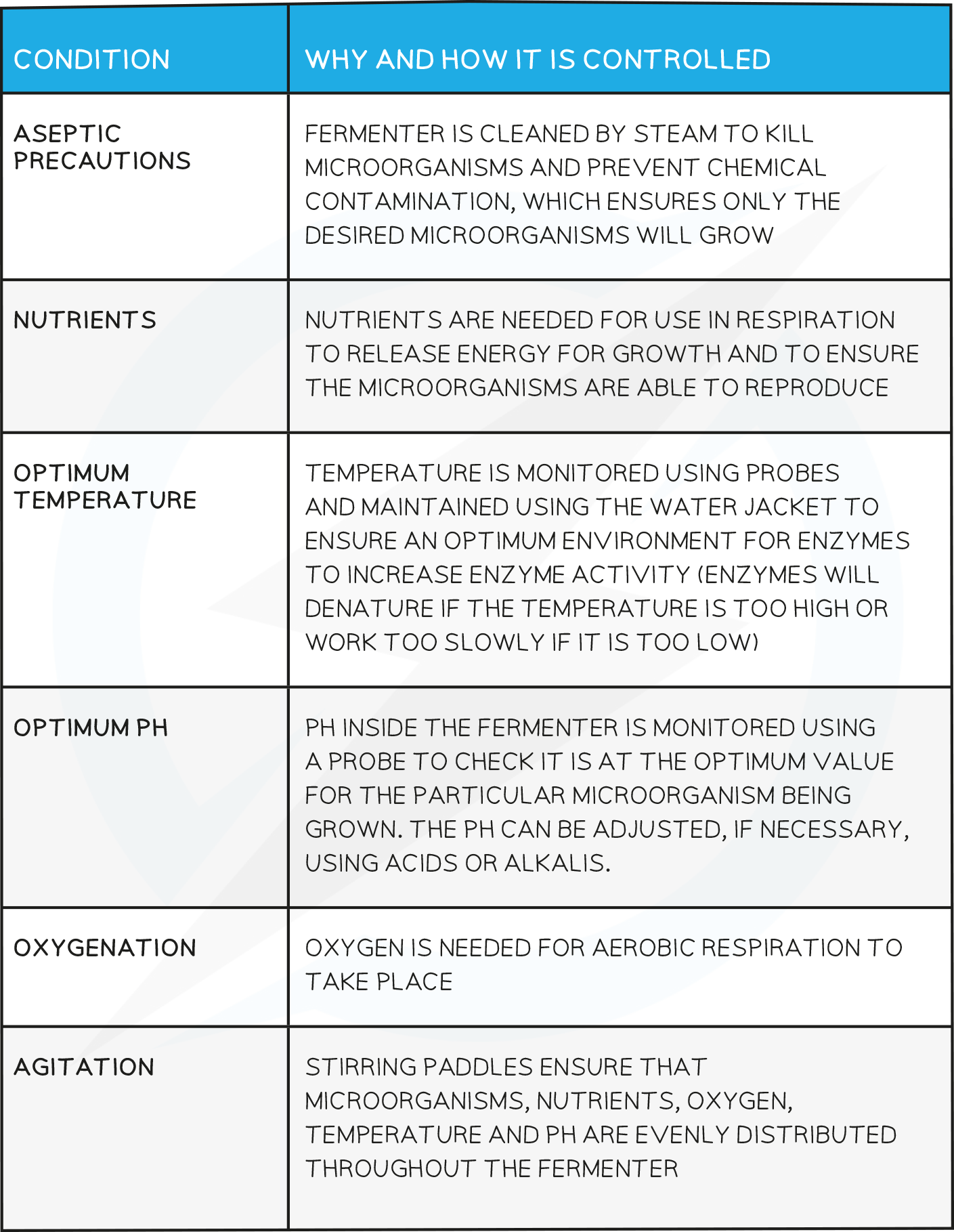- 翰林提供学术活动、国际课程、科研项目一站式留学背景提升服务!
- 400 888 0080
Edexcel IGCSE Biology 复习笔记 5.1.5 Bacteria in Food Production
Edexcel IGCSE Biology 复习笔记 5.1.5 Bacteria in Food Production
Bacteria in Food Production
- Microorganisms can be used by humans to produce foods and other useful substances
- As well as fungi (e.g. yeast used to make bread), bacteria are also used in the production of certain foods
- Bacteria are useful because they are capable of producing complex molecules (e.g. certain bacteria added to milk produce enzymes that turn the milk into yoghurt)
- They are also useful because they reproduce rapidly, meaning the amount of chemicals they can produce can also rapidly increase
Using bacteria to make yoghurt
- Yoghurt is made in a process that relies on the presence of a specific type of bacterium – in this case, Lactobacillus
- First, all equipment is sterilised to kill other, unwanted bacteria and to prevent chemical contamination
- Milk is then pasteurised (heated) at 85-95°C to kill other, unwanted bacteria
- Contamination with other bacteria could slow production of the yoghurt by competing with the Lactobacillus for the lactose in the milk
- It could also spoil the taste of the yoghurt
- The milk is then cooled to 40-45°C and Lactobacillus bacteria is added
- The mixture is incubated at this temperature for several hours, while the Lactobacillus bacteria digest milk proteins and ferment (digest) the sugar (i.e. the lactose) in the milk
- The Lactobacillus bacteria convert the lactose into lactic acid and this increased acidity sours and thickens the milk to form yoghurt
- This lowering of the pH also helps to prevent the growth of other microorganisms that may be harmful, so acts as a preservative
- This means the yoghurt can be kept for a longer time (compared to fresh milk)
- The yoghurt is then stirred and cooled to 5°C to halt the action of the Lactobacillus bacteria
- Flavourings, colourants and fruit may be added before packaging
Industrial fermentation
- Fermenters are containers used to grow (‘culture’) microorganisms like bacteria and fungi in large amounts
- These can then be used for brewing beer, making yoghurt and mycoprotein and other processes not involving food, like producing genetically modified bacteria and moulds that produce antibiotics (e.g. penicillin)
- The advantage of using a fermenter is that conditions can be carefully controlled to produce large quantities of exactly the right type of microorganism

A diagram of an industrial fermenter used to produce large quantities of microorganisms
Controlling Conditions in an Industrial Fermenter Table

转载自savemyexam

最新发布
© 2025. All Rights Reserved. 沪ICP备2023009024号-1









